The CMP Review — Week of April 28
April 28, 2025
With collecting older books, there’s always a book in need of a little repair to keep it in good shape for years of handling. I usually use transparent paper mending tape to repair page tears, but it’s also useful for reinforcing endpapers when they start to crack at the spine—so long as the spine is still intact. Filmoplast P is wider and more transparent, while Lineco Transparent Mending Tissue is easier to separate from its backing. Once burnished to the page, both options create a nearly invisible mend.
@tessakeath
April 29, 2025
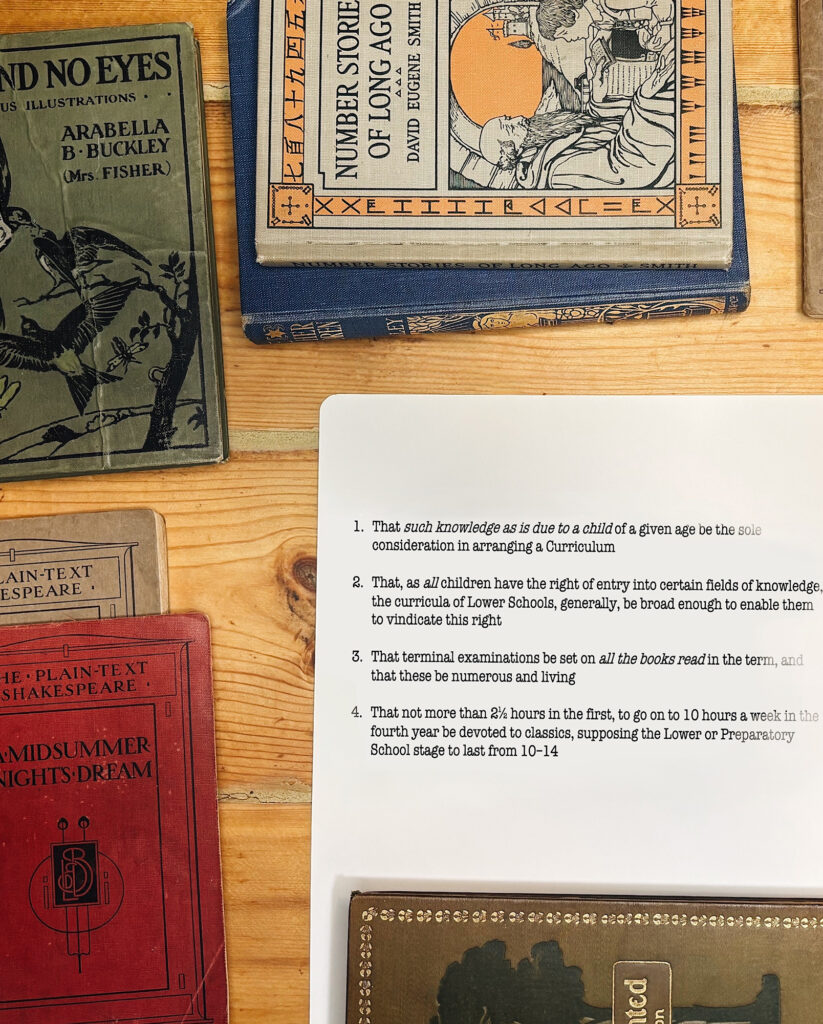
One of my favorite moments at a Charlotte Mason conference is the Q&A. Of course it’s wonderful to hear all the speakers’ prepared presentations and talks. But there’s something special about the spontaneity of the Q&A. The questions tend to be about the details. And the ad hoc replies from the speakers tend to reveal much about their underlying principles.
What would it be like to listen in on a Q&A with Charlotte Mason herself?
In the summer of 1906, Miss Mason convened a historic conference at her very own House of Education. But the attendees were not PNEU insiders. They were an elite group of board of education representatives, heads of schools, and heads of training colleges. They had come to Scale How for one purpose: to explore whether Charlotte Mason’s ideas could be applied in all schools.
Much of the discussion was transcribed. In these transcriptions we find not only the prepared notes of Miss Mason but also her ad hoc replies (and those of fellow PNEU representatives). Many of the questions are the same we would ask today — about spelling, composition, attention, narration, explanation, examinations, and Latin.
The fascinating replies and Mason’s brief speeches were published in the 1906 Parents’ Review. Today we share them with you. Find it here.
@artmiddlekauff
April 30, 2025
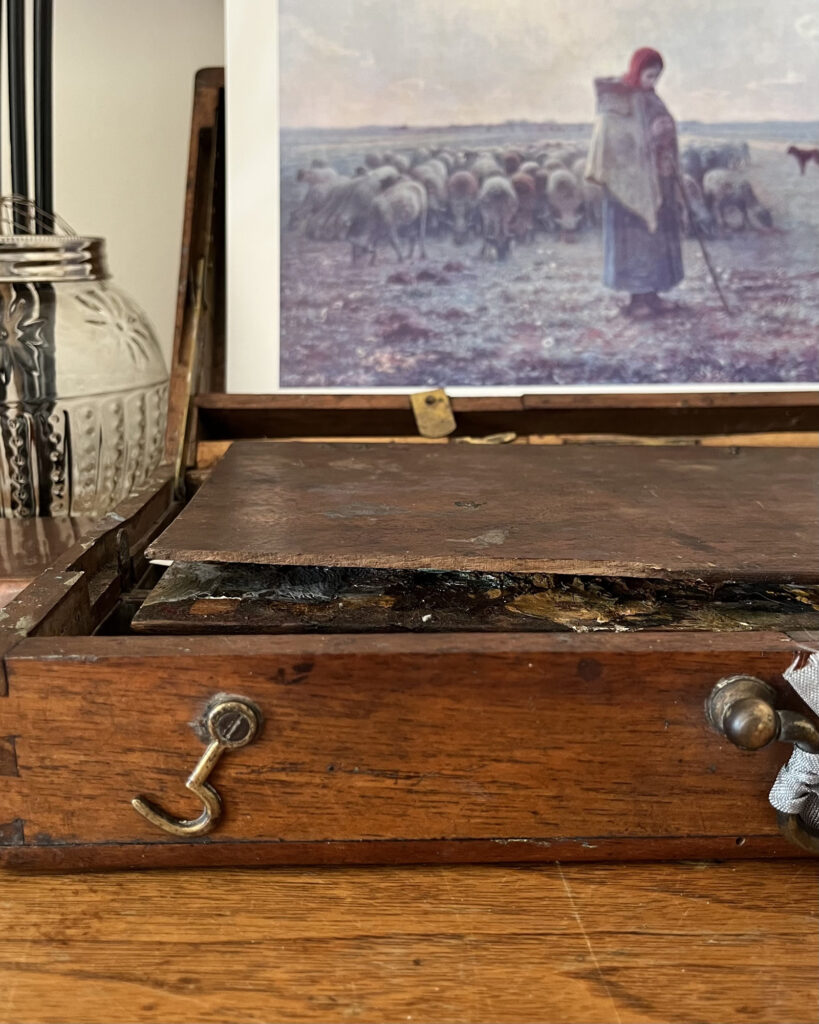
Which picture do you revisit most in the gallery of your mind?
Whether it’s due to my current reading on solitude and relationship, missing the farming community of my youth, the cheeky look of the ram, or the young girl intent on her knitting I cannot say, but I’ve gone back to visit Jean-François Millet’s Shepherdess with Her Flock often this past month.
In July, I’ll be presenting an interactive session called “Picture Study with Older Students—Enlarging the Gallery of Their Minds” at Simply Charlotte Mason Spreading the Feast 2025 Homeschool Gathering. Find out more via this link.
@rbaburina
May 1, 2025

“We do what is possible to introduce children to Architecture,” writes Charlotte Mason in her final volume. Then a footnote says, “For details see the Parents’ Union School programmes.”
These programmes, edited by Mason herself, show that children in Form III were introduced to architecture by Gladys Wynne’s inimitable Architecture Shown to the Children. But it didn’t stop there. Even in Form VI older students were reading The Story of Architecture by P. L. Waterhouse.
After Form VI comes the Form of Life where lifelong learners continue to delight in knowledge. Home educator Amy Harbach describes her own experience:
“When we came to the Romanesque chapter and we started to learn about Basilicas I remembered the Basilica of St Josaphat in Milwaukee. I’ve always wanted to tour it, and so when we were in the area after watching a play we decided to add it to the day’s itinerary.
“It was absolutely breathtaking. It was incredible to see it in person — a feast for the eyes. Near the end of our visit a very kind gentlemen from the Basilica approached us and passionately shared about the history and construction of his beloved place of worship. It added another rich level of appreciation for us.”
Amy understands Mason’s principle that knowledge is not assimilated until it is reproduced. Also, she explains that “If we really want our children to value their Charlotte Mason education, we need to show them how much we value it by living it ourselves. So I read and narrate the architecture lessons too.”
Amy has kindly shared this page from her notebook which is also a page from the Form of Life. It is an open invitation for all of us to join her at the banquet of living ideas, a feast that never disappoints learners of any season of life.
@artmiddlekauff
May 2, 2025
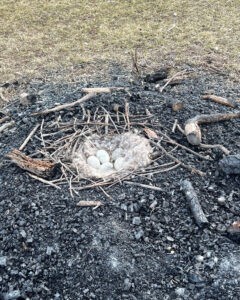
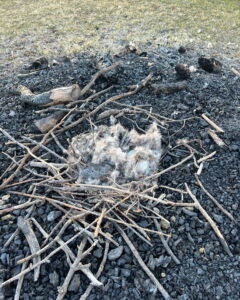
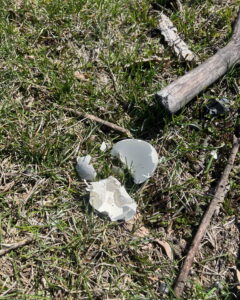
Our friend the Canada goose who was hanging around the sand volleyball court puddles at the beginning of April did make a nest and lay her eggs on campus, right in the ashes of the fall bonfires.
A few days later, she had them nicely tucked in and covered up with feathers and down.
Unfortunately, her hard work just wasn’t enough to keep them safe from the neighbourhood foxes or coyotes.
These photos were taken over 10 days.
@antonella.f.greco
📷: my neighbour @richfocusmedia
May 3, 2025
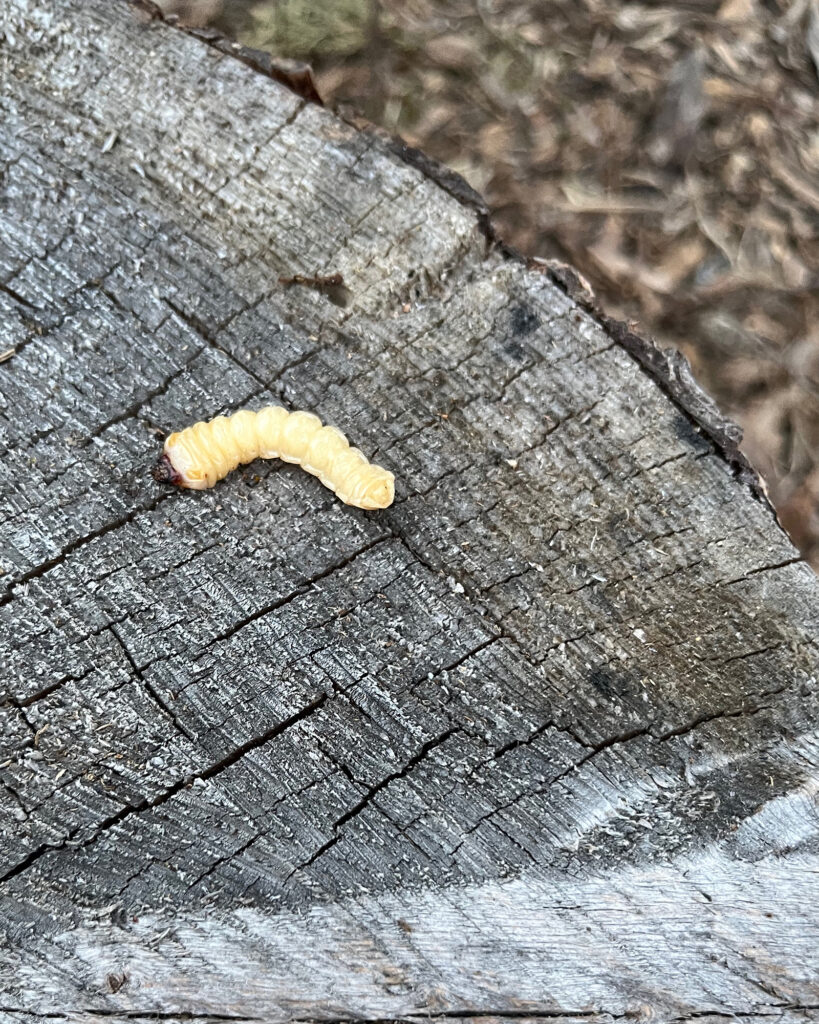
Over the last few years, we have had quite the infestations of spruce beetles. In the evenings during the summer, we could actually hear them gnawing on the spruce logs.
This spring, our neighbour was chopping some spruce logs and he found this spruce beetle larva! The neighbourhood kids were quite excited to see it.
Do you have spruce or pine beetles where you live? Ours are pretty intense and have very, very strong jaws! 😱 😬
@antonella.f.greco
May 4, 2025
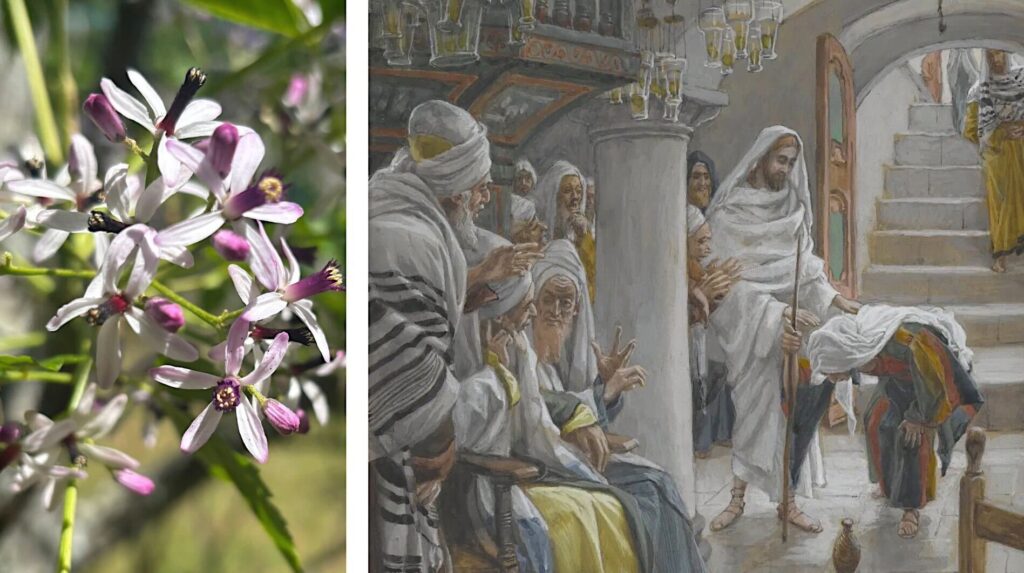
“Imagine that you are on the edge of the crowd that has followed Jesus so far,” suggests N. T. Wright. “You haven’t heard everything and haven’t understood all you’ve heard, but you think you’ve got the general drift of it all and find it both compelling and alarming. In you go with Jesus to the synagogue on this sabbath. What do you see, and what sense does it make to you?”
“You see—everybody sees—this poor woman. She was probably a well-known local character. In a village where everyone’s life was public, people would know who she was and how long she’d been like this. Luke says she had ‘a spirit of weakness’, which probably means simply that nobody could explain medically why she had become bent double. Some today think that her disability had psychological causes; some people probably thought so then as well, though they might have said it differently. Maybe somebody had persistently abused her, verbally or physically, when she was smaller, until her twisted-up emotions communicated themselves to her body, and she found she couldn’t get straight. Even after all the medical advances of the last few hundred years, we are very much aware that such things happen without any other apparent cause.”
More than one hundred years ago, Charlotte Mason imagined it too. She imagined what she would have seen, heard, and felt. And she imagined what would happen when, in the words of Stephanie Buckhanon Crowder, “Jesus restore[d] [the woman’s] humanity by calling her to him and by touching her, thereby symbolically drawing an ‘untouchable’ once again into community.”
Let Charlotte Mason draw you into the scene in her unforgettable poem “A spirit of infirmity.” Find it here.
@artmiddlekauff
🖼️: The Woman with an Infirmity of Eighteen Years by James Tissot